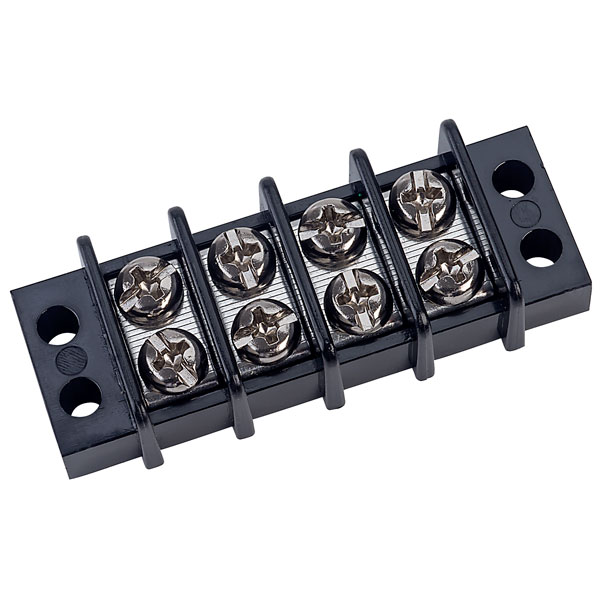- Home
- About
- Products
- Product Testing
- Application
- Services
- Information
- Contact
Views: 2474 Author: Site Editor Publish Time: 2020-05-02 Origin: Site

In the face of terminal type selection, the first thing people think of is wire diameter, current, wiring direction, application occasions and wiring mode, etc. Current refer to rated current. In addition, the wiring direction generally has the design of front and side outgoing lines, which mainly depends on whether it is convenient for technicians to operate, so as to improve the efficiency of work.
Under different environmental conditions, how to choose and use the terminal correctly has certain rules to be found. Although there is no specific usage system in the industry, specific terminals can be selected according to specific usage environment and conditions. There are four basic principles for reference.
People need to know what kind of terminal they want before setting it. According to the function classification of terminals, there are common terminals, grounding terminals, double-layer terminals, double-layer conduction terminals, three-layer conduction terminals, one in and two out terminals, one in and three out terminals, double in and two out terminals, etc. According to the current classification, it can be divided into ordinary terminals (small current terminals) and large current terminals (over 100A or over 25mm wires). According to appearance classification, it can be divided into rail type terminal, fixed type terminal, circuit board terminal (PCB terminal), etc.
The size of the wiring needs to be considered. For different terminals, its size and wiring range are different. In general, it is better to choose a slightly larger wiring range than the actual wire diameter when terminals are used. Because of the confusion of the current market standards, if the connection aperture diameter of the same size as the wire diameter is chosen, the wire may not be able to be inserted into the crimping frame because the product does not meet the standards.
For the guide rail terminal, which has existed in the market for decades, the industry has provisions for the current. Different models have specific current specifications. The product must meet or exceed this standard.
Different terminals can be selected for different space sizes. For example, a double-layer terminal or a three-layer terminal can be chosen in a narrow space.
In addition, the following points should be paid attention to when purchasing terminals.
A good terminal should have good workmanship first. If it can not pass the visual inspection, there is no need to waste time to conduct electrical test. It is generally accepted in the industry that qualified terminal plastic parts shall be free of deformation, flat surface, no scratch, no burr at corners and even wall thickness. More importantly, the connector and the needle seat should have a high degree of fit, and there is no phenomenon of too high or too low insertion force.
The first is the plastic part, which should have good fire resistance, i.e. UL94V-0 fire resistance grade. The simple test method is to ignite the open fire. If the plastic part leaves the open fire to extinguish, which means that the terminal has good fire resistance. The second is to press the wire frame. It can be seen from the appearance that the copper frame is more angular than the iron frame. Of course, the safest way is to take apart the plastic parts and take out the crimping frame for further inspection.
90% of the poor contact of terminals in the market is due to the screw torque not meeting the requirements, so the screw torque of terminals is particularly important. Therefore, it is better to feel whether the screw can press the wire tightly with a screwdriver.
Cixi Kefa Electronic Co., Ltd. specializes in the production of all kinds of terminals, terminal blocks, PCB terminals, electronic connectors and precision molds.